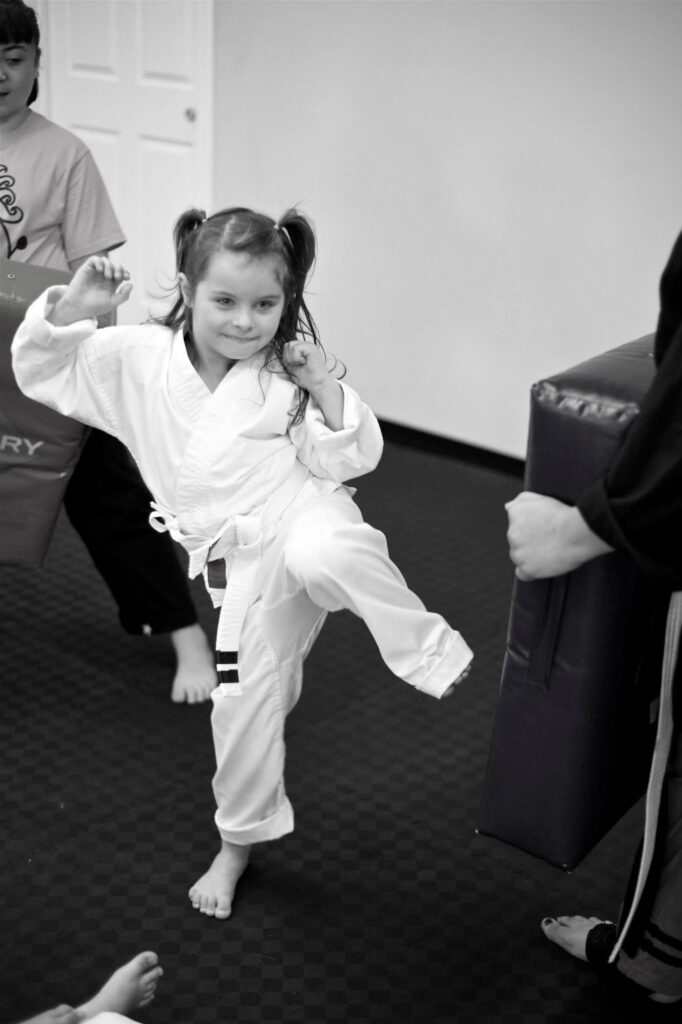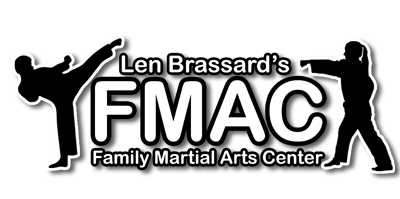
What to expect in your first levels of study.
Dr. Len Brassard of Twin City Family, Martial Arts Center answers a few common questions and concerns about what new students are going to experience.
An introduction to Kenpo karate classes
Are you considering taking up Kenpo karate classes? If so, then you’re in luck! Kenpo karate is an excellent way to learn self-defense while having fun and building physical strength.
Once upon a time, a youth started off his karate learning experience by painting a house and a fence and washing cars. Two hours later, he won an international karate competition without having a belt status. Ahhhhhhhh thank you, Hollywood.
This of course, is for the purest form of entertainment, and while it may contribute to the interest of becoming a student of Martial Arts, it is good to know in advance what those 2 hours break down into.
Here’s a quick guide to what you can expect when you attend your first class.
Expect to learn about safety.
Your instructor will likely want to start by talking about safety—which is a good thing. At the beginning of each class, your instructor may go over safety rules and how to use any equipment needed for the class properly. This includes learning to properly wear protective gear such as sparring gloves, headgear, and shin pads if applicable. It’s important to pay attention during these safety talks so that you stay safe during training.
Kenpo karate is an Okinawan martial art combining Chinese and Japanese martial arts elements with Western boxing and fencing techniques. In addition to blocking and striking, practitioners also focus on forms, which are sequences of movements used to simulate combat scenarios against multiple opponents.
As such, they typically focus on stances, footwork, balance, timing, and fluidity of movement. It is important to note that even though contact sparring is part of the training regimen for more advanced students, those who are just starting will not have contact with other students during their initial classes.
What you need for classes
Regarding clothing, most dojos require their students to wear traditional white uniforms or Gi (pronounced “gee”). Gi is loose-fitting pants and shirts made from thick cotton fabric that provide a comfortable range of motion while allowing instructors to spot incorrect form or posture during class easily. It’s also standard etiquette in dojos around the world for students to bow when entering and exiting the dojo and when addressing their instructors or fellow classmates.
In terms of gear and equipment, all you need is yourself. Most dojos will provide practice weapons like Bo staff or Nunchaku if needed; otherwise, dress comfortably and bring plenty of water to stay hydrated throughout class.
Class structure and etiquette.
The structure of each class will vary depending on the instructor, but typically classes begin with stretching and warm-ups. This is followed by technique drills and exercises designed to help students learn the practice and move through the ranks. Once the basics are established, classes will end with sparring or kata (a set sequence of movements performed in a precise order).
When it comes to etiquette, there are certain rules that should be followed at all times. The most important rule is respect—respect yourself, respect your classmates, and respect your instructor. You should also arrive early for each class and follow any guidelines set by the instructor. Other important points include keeping your uniform clean and neat, paying attention during class, and refraining from talking while others are speaking.
Expect to learn basic techniques.
Most Kenpo classes teach students basic techniques such as punches, kicks, blocking, and stances. Your instructor will likely demonstrate the technique first before breaking it down into smaller steps for easier understanding.
Each level of mastery contains different techniques that need to be mastered before moving up to the next rank or belt level. In addition, students will learn basic punches, kicks, blocks, strikes, joint locks, throws, sweeps, and more as they progress through their training.
As a bonus, many instructors will also share stories about the history of Kenpo karate as part of their teaching style, which adds an extra layer of depth to the learning experience.
You should expect to practice the same technique several times until it becomes familiar to you and your body can perform it without thinking too hard about it. It’s not just about memorizing the moves; it’s also about learning how to execute them correctly with proper form and power.
With enough practice, repetition will become one of your greatest allies in mastering Kenpo karate. After mastering the basics, your instructor may introduce more advanced techniques or combination of techniques.
Your first few classes may seem overwhelming but don’t worry—it won’t take long before you start feeling comfortable with the moves and techniques being taught. Once you get into the groove of things, you’ll find that everyone is friendly and supportive, so don’t hesitate to ask questions if something doesn’t make sense; it’s better to ask than risk getting something wrong! With patience and dedication, you’ll soon be on your way toward mastering this ancient art form.
Taking Kenpo karate classes can be an exciting adventure, but knowing what to expect from each class before diving in head-first is important. With proper guidance, fun and informative styles, and topics of classes and your interactions with others, this will become second nature as you work on mastering all aspects of this martial art form—which can ultimately lead to great mental discipline and physical strength as well as improved self-defense skills. So why not take the plunge? The rewards are plentiful.
See you in class.
Master Len.
